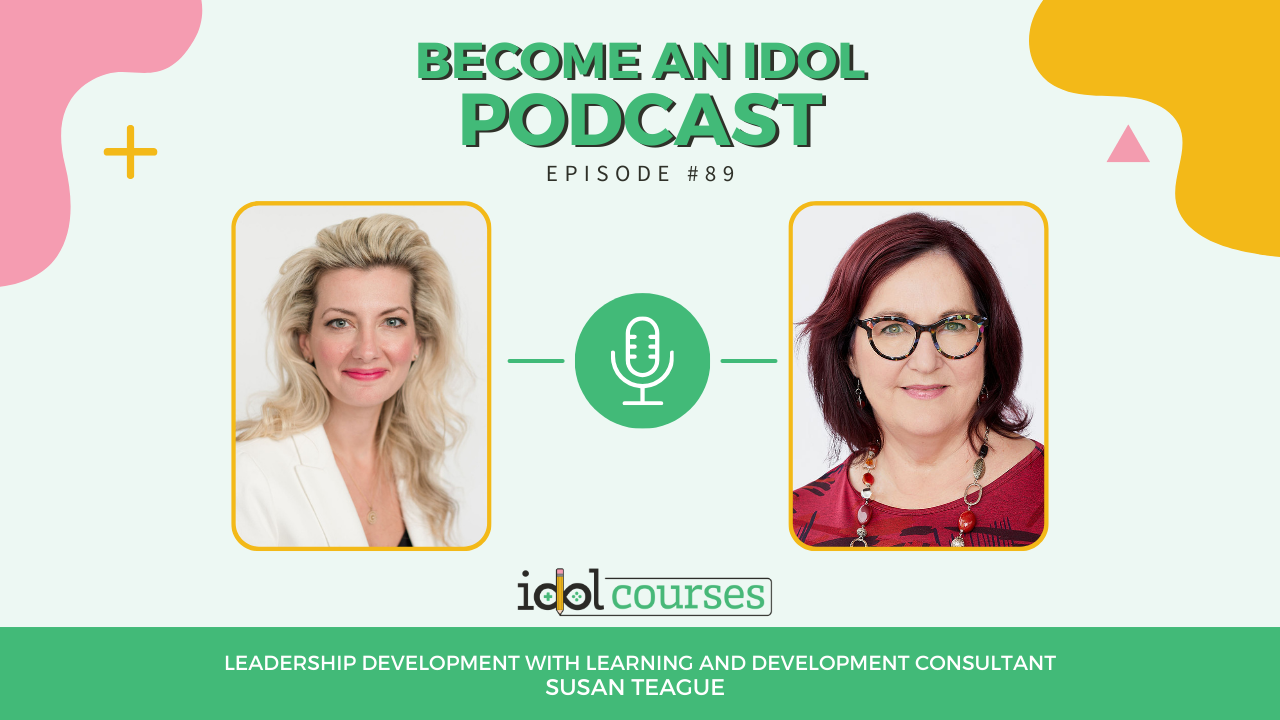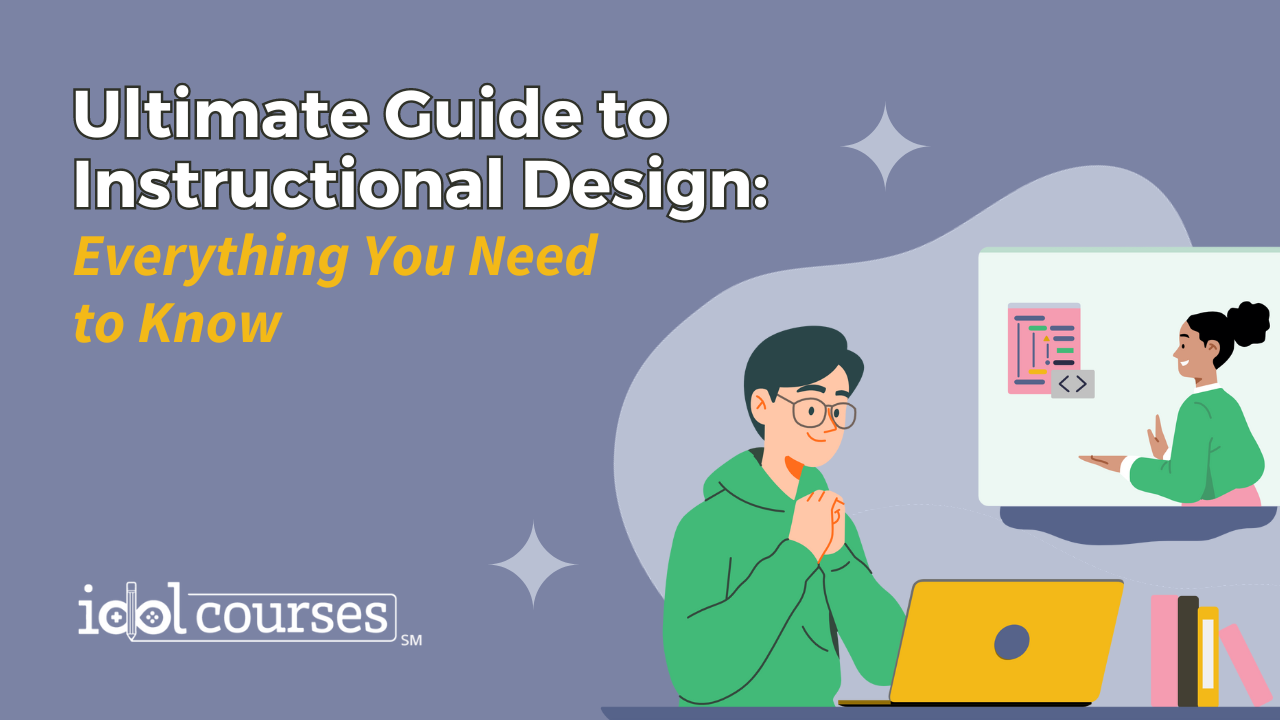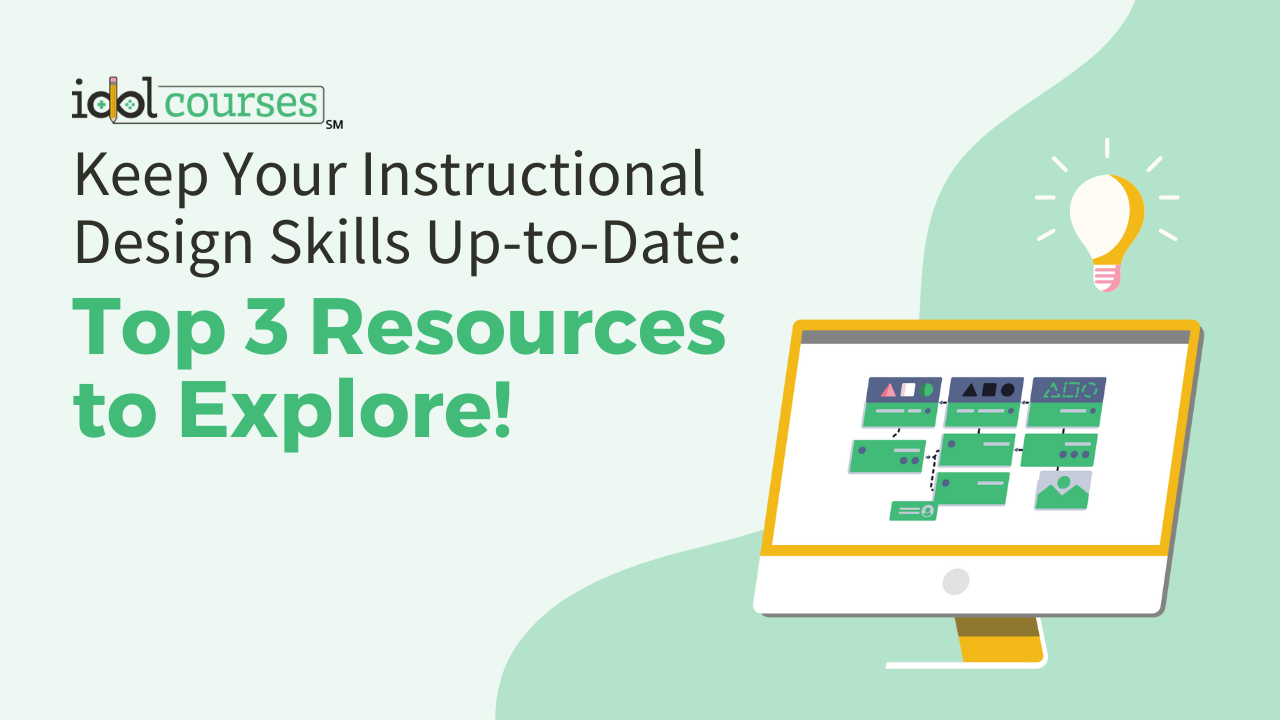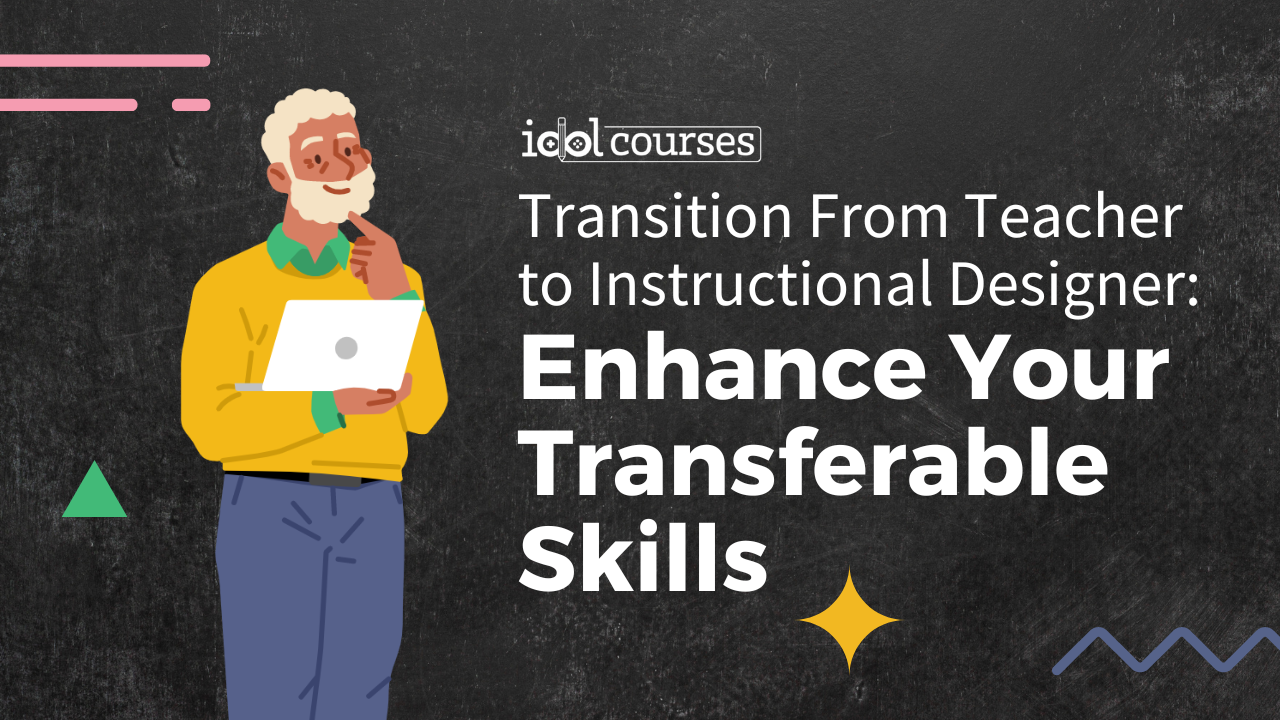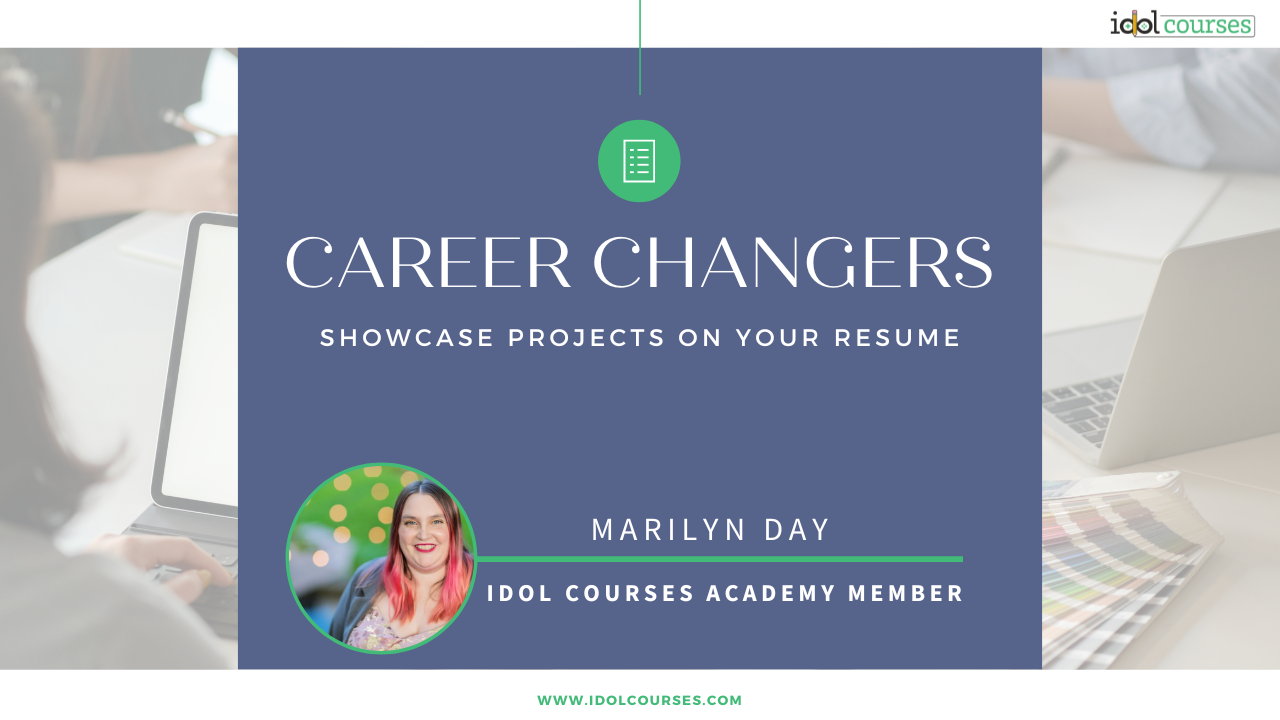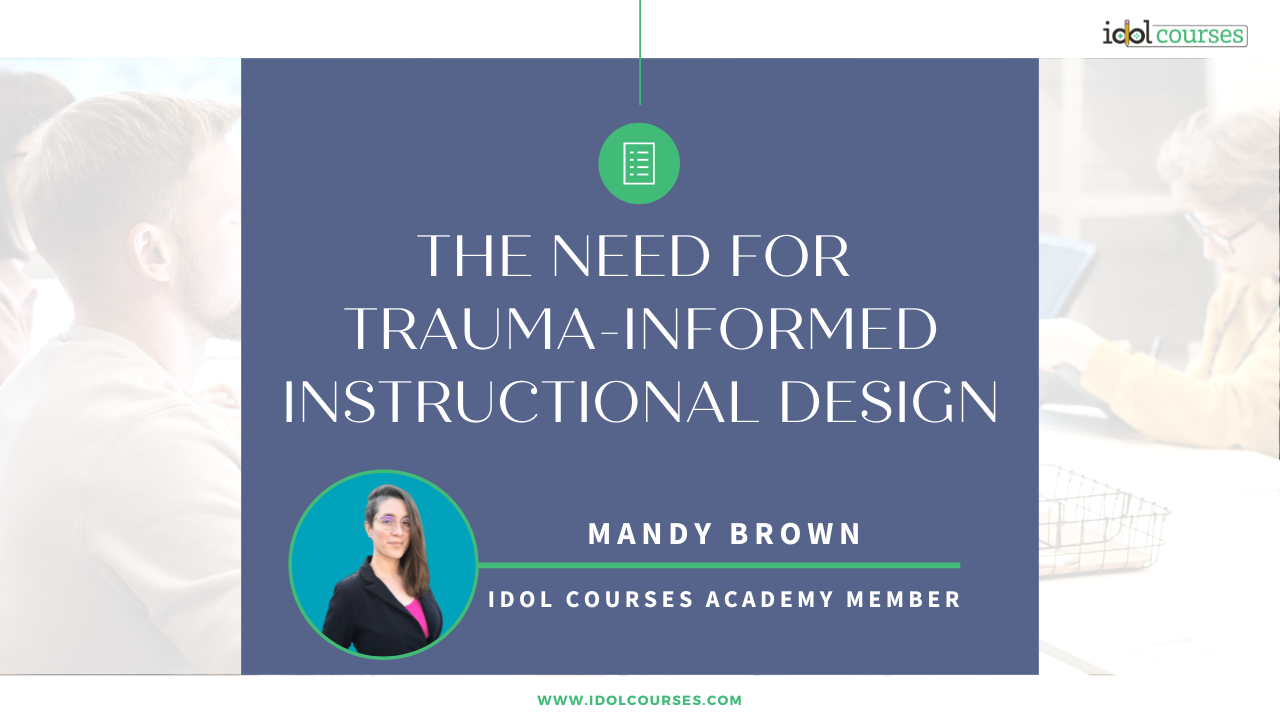
Elevate your instructional design expertise.
Stay ahead with industry news and discover valuable tips and tricks on the IDOL Blog.
Career Changers: Showcase Projects on Your Resume
Dec 23, 2022
The Need for Trauma-informed Instructional Design
Nov 18, 2022
An Idea Generation Activity for Portfolio Topics
Sep 30, 2022
Interested in joining the IDOL community?
Join our newsletter below, where we keep you updated on our upcoming cohorts, events and news within the instructional design industry.




